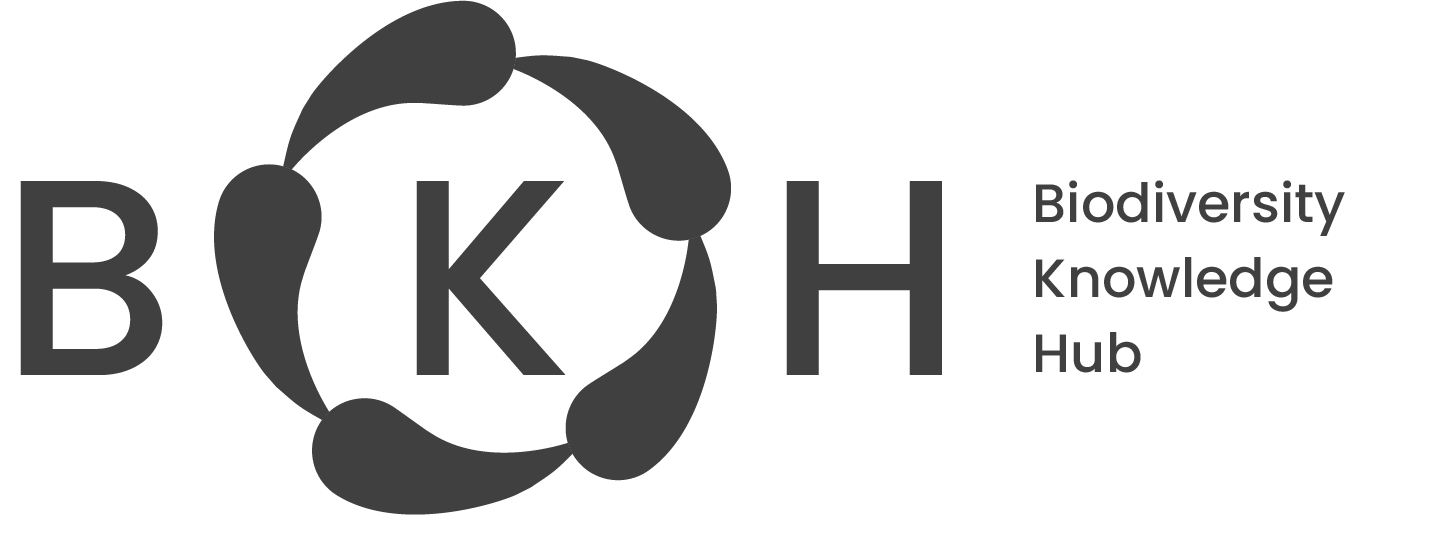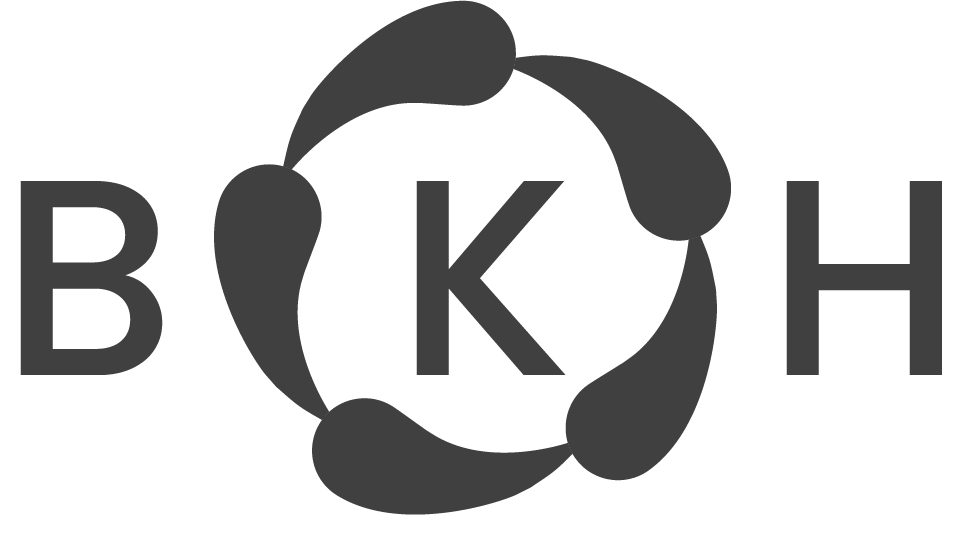Document repository, useful links, and further reading
Tutorials
Plazi Workflow
To successfully use the Plazi Tools and Services, you will first need to gain some basic knowledge of how the GoldenGate Imagine – GGI program functions. This is the computer program on which the data liberation process is built, to better make your queries to the system and use it meaningfully for your research work.
To install and learn how to successfully perform basic functions in GGI, click on this file for the tutorial made by the Plazi team.
Tutorial: Steps to extract annotations and attributes from a paper using GGI
Tutorial: How to query TB and analyze or reuse your extracted data
Matching Service
You may access the link above to the eBioDiv Matching Service, to obtain a more detailed introduction to the matching process and to get access to detailed documentation related to the use of the Matching Service.
New users
For new users, it is highly recommended to have a closer look at the following documentation for grasping to the matching process:
Advanced users
For advanced users the key steps of the process are described in the documentation stored in the folder below.
Catalogue of Life and ChecklistBank
To get an idea of the integrated process (COL Data Pipeline) have a look at this resource. The ChecklistBank tutorial provides some exercises to explore the tools it offers.
Further Training in Biodiversity Data Publication and Data Liberation
When looking for courses in the field of biodiversity data publication and data liberation, it’s helpful to consider what specific skills you want to develop—like data collection, data management, using specific software or databases, GIS mapping, or data analysis—and seek out courses that cater to those areas. The field of biodiversity informatics is rapidly evolving, so staying updated with the latest tools and best practices is crucial. There are courses available on biodiversity data publication, aimed at teaching researchers, data managers, and conservation professionals how to effectively manage, publish, and share biodiversity data. These courses are typically offered by academic institutions, research organizations, and through online learning platforms. Here are some common types of courses and where you might find them:
University Courses
Some universities offer courses as part of biology, ecology, environmental science, or biodiversity informatics programs. These might be undergraduate, graduate, or continuing education courses.
Workshops and Training Programs by Biodiversity Organizations
Organizations like the Global Biodiversity Information Facility (GBIF), Conservation International, or the World Wildlife Fund (WWF) often host workshops or training programs. These are usually aimed at professionals in the field and can range from beginner to advanced levels.
Online Educational Platforms
Platforms like Coursera, edX, and Khan Academy may offer courses related to biodiversity data management. These courses are often created in partnership with universities or scientific organizations.
Specialized Training from Biodiversity Databases and Networks
Specific biodiversity databases or networks (like GBIF, iNaturalist, or the Atlas of Living Australia) may offer training on how to use their platforms for data publication and sharing.
Professional Development Courses
Professional societies and organizations related to ecology, conservation, and biology often provide short courses or webinars on biodiversity data publication and management.
MOOCs (Massive Open Online Courses)
MOOCs offer an accessible way to learn about a wide range of topics, including biodiversity data management. These courses are usually free or low-cost and are accessible to a global audience.
DIY Learning through Online Resources
Various online resources, like tutorials, guides, and YouTube videos, can also provide valuable information on biodiversity data publication, although they may not be structured as formal courses.



